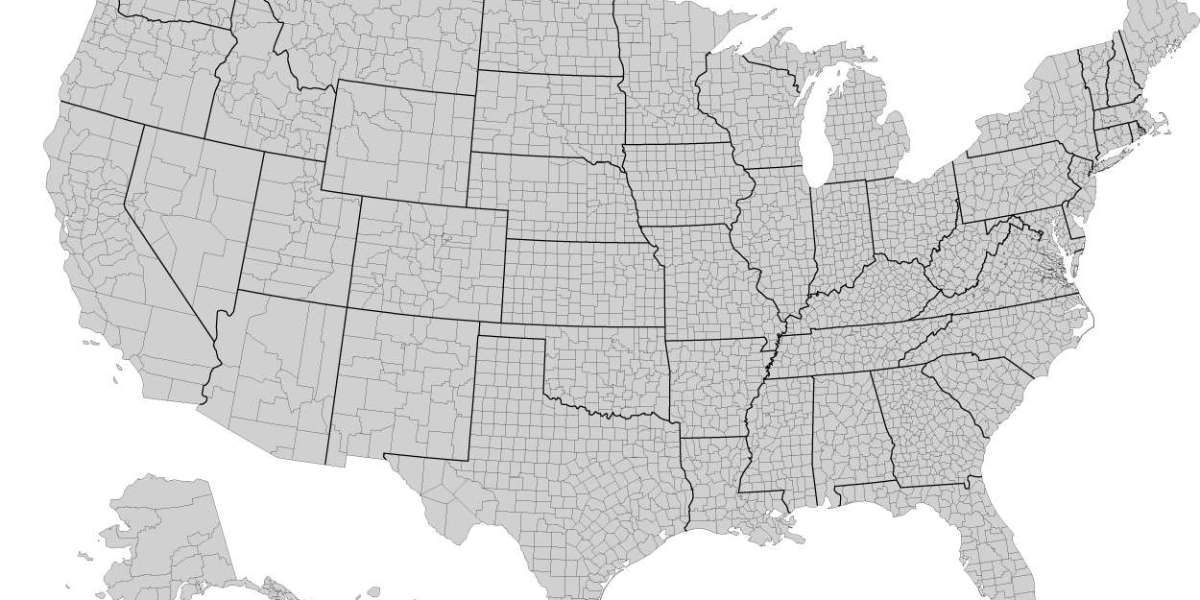The United States is often described as a nation of regions. From the local governments that keep communities running to the media markets that shape what people watch, both counties and Designated Market Areas (DMAs) form the backbone of American society.
Counties define governance at the local level, while DMAs define how news, entertainment, and advertising are distributed. Understanding these two concepts provides a unique perspective on how geography, government, and culture intersect in the U.S.
For readers who want quick access to reliable resources, you can explore:
- Full list of counties in the United States
- Complete list of DMAs by state
Both links provide a detailed breakdown of U.S. administrative and Cultural Geography.
What Are Counties?
Counties are the building blocks of local governance in the United States. Originating from English traditions, counties were first established in Virginia in the 1600s and quickly spread as new states were founded.
Today, there are more than 3,000 counties and county equivalents. They vary widely in size, population, and power but serve the same purpose: to make governance more localized and accessible.
Key Roles of Counties
- Law Enforcement and Public Safety
Most counties operate sheriff’s departments, manage jails, and oversee local courts. - Infrastructure Management
Counties maintain roads, public buildings, and bridges that aren’t managed by state or federal agencies. - Public Health and Services
Counties often manage health clinics, social services, and community programs. - Elections and Records
Counties oversee voting, property records, marriage licenses, and more.
For more detail, you can view the list of counties, which provides insight into each state’s administrative structure.
Variations in County Systems
Not all states use the term “county.” Louisiana calls them parishes, while Alaska uses boroughs. Meanwhile, in places like Virginia, you’ll also find independent cities that operate outside of county systems.
The diversity in structure reflects the flexibility of American federalism; each state can adapt its governance to local needs.
Examples of Counties
- Los Angeles County, California: The largest by population, home to more than 10 million people.
- Cook County, Illinois: Includes Chicago and is the second-most populous county in the nation.
- Loving County, Texas: The least populous, with fewer than 100 residents.
- Fairbanks North Star Borough, Alaska: An example of how “boroughs” function differently from counties.
These examples show the range of governance challenges from urban mega-counties to sparsely populated rural regions.
What Are DMAs?
While counties define governance, Designated Market Areas (DMAs) define media reach. Developed by Nielsen, DMAs are regions where the population receives the same local television and radio content.
The U.S. has 210 DMAs, which cover the entire country. These markets shape advertising, broadcasting rights, and cultural influence.
You can explore the full list of DMAs by state for a detailed breakdown.
Importance of DMAs
- Advertising and Marketing
Businesses use DMAs to plan targeted campaigns, ensuring ads reach the right households. - Broadcasting Rights
Sports leagues and media networks divide coverage based on DMA boundaries. For instance, the NFL uses DMAs to determine which games are shown in different cities. - Cultural Influence
Residents within the same DMA often share similar cultural habits, preferences, and even slang, influenced by their media environment.
Examples of Major DMAs
- New York DMA: The largest, covering New York, New Jersey, and parts of Connecticut.
- Los Angeles DMA: Includes Southern California and has a diverse media market.
- Chicago DMA: Influences much of Illinois and surrounding states.
- Denver DMA: A regional hub for the Rocky Mountain area.
These regions not only reflect population size but also economic and cultural clout.
Counties vs DMAs
Feature | Counties | DMAs |
Definition | Local administrative divisions | Media markets based on broadcast reach |
Purpose | Governance and services | Television, radio, and advertising |
Authority | State constitutions and laws | Nielsen media measurement |
Example | Harris County, Texas | Los Angeles DMA |
Both systems intersect in everyday life. A person might pay taxes to their county while also consuming content targeted by their DMA.
The Interplay Between Counties and DMAs
At first glance, counties and DMAs appear unrelated. However, they often overlap in interesting ways:
- Population Density: Large counties often fall within powerful DMAs, making them both governance and media hubs.
- Economic Development: Businesses expanding into a county also consider DMA reach for marketing.
- Cultural Identity: Counties give people a political identity, while DMAs shape cultural identity.
Challenges Facing Counties and DMAs
- Population Shifts
Countries and DMAs alike face challenges as people migrate from rural to urban areas. - Technology Changes
Streaming services are weakening the importance of traditional DMA boundaries. - Governance Struggles
Smaller counties sometimes lack funding, while large ones struggle with overpopulation and resource management.
Why This Knowledge Matters
- For Students: Offers insight into American political and cultural geography.
- For Businesses: Helps identify target markets and customer bases.
- For Citizens: Understanding counties aids in accessing services; knowing DMAs explains media choices.
- For Travelers: Counties define local laws, while DMAs explain differences in local news and entertainment.
FAQs
How many counties are in the U.S.?
There are more than 3,000 counties and county equivalents across all 50 states.
Do all states have counties?
Yes, but not always by name. Louisiana has parishes, Alaska has boroughs, and some cities are independent of counties.
What is the largest county by population?
Los Angeles County, California, with over 10 million residents.
What is a DMA?
A DMA is a Designated Market Area, defining television and radio broadcasting regions.
How many DMAs are there in the U.S.?
There are 210 DMAs covering the entire country.
Why do businesses care about DMAs?
They allow businesses to target advertising campaigns to specific regional audiences.
Can a county belong to more than one DMA?
Yes, some counties are split across DMA boundaries, depending on viewing habits.
Are DMAs losing importance with streaming?
Yes, streaming services have begun to challenge DMA dominance, but they remain vital for live events like sports.
Conclusion
Counties and DMAs may serve different purposes, but both are vital to understanding the structure of the United States. Counties define how local government functions, managing everything from roads to elections. Meanwhile, DMAs influence culture by shaping what people watch and how businesses advertise..
Together, these resources offer valuable insight into the balance of governance and media that shapes American life.
Visit Copy Paste Quickly to explore more.



